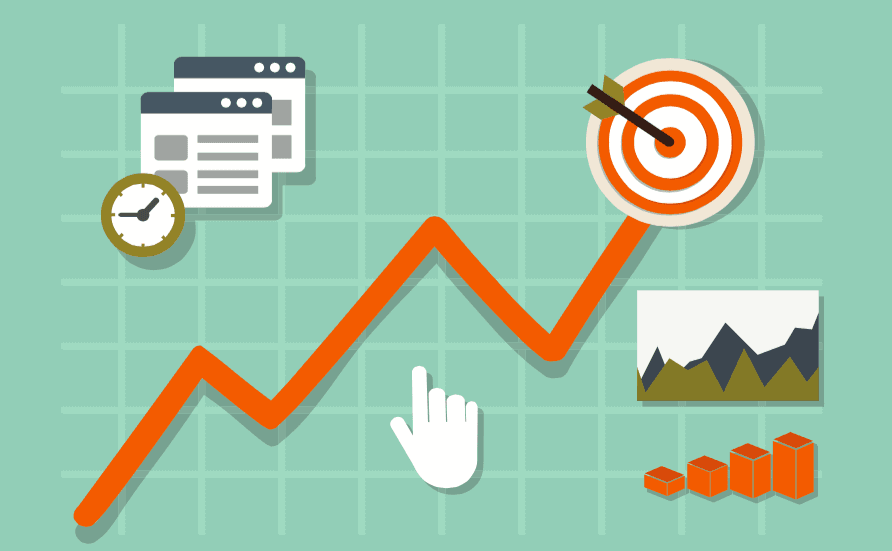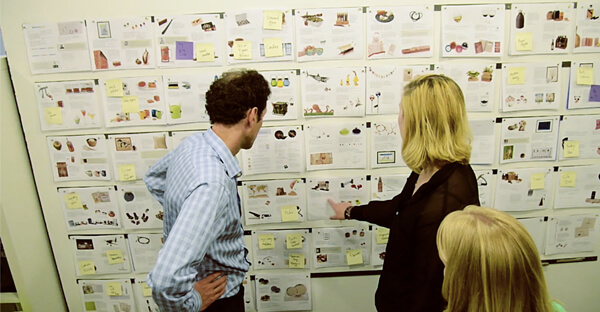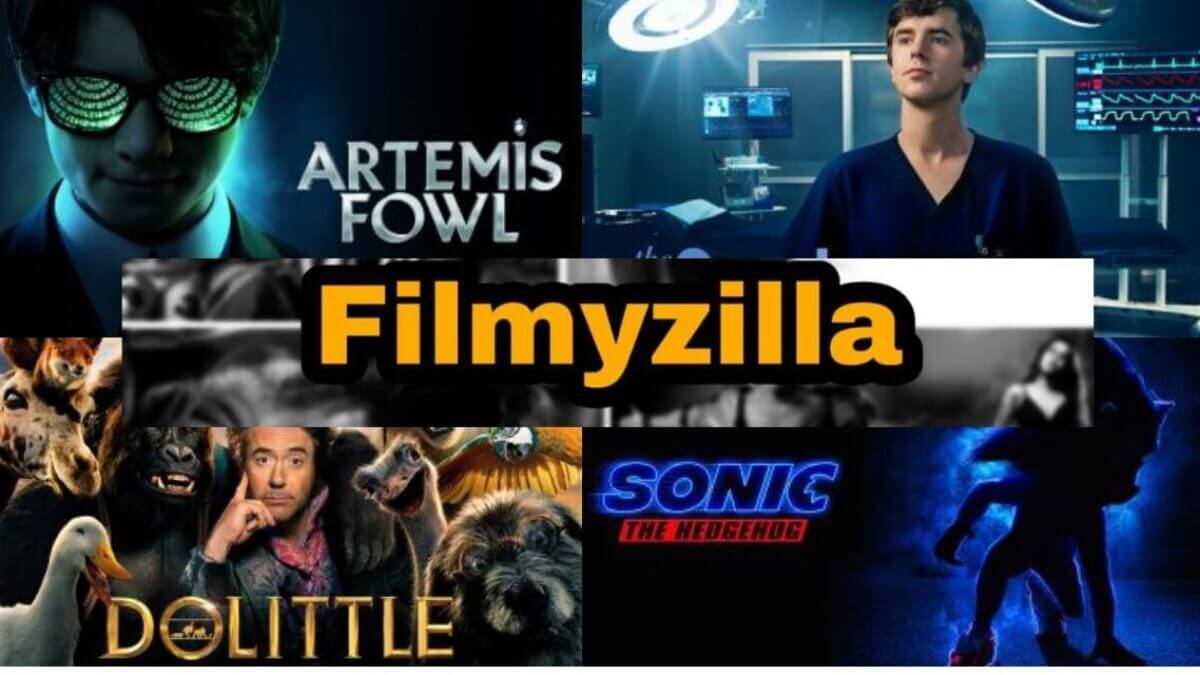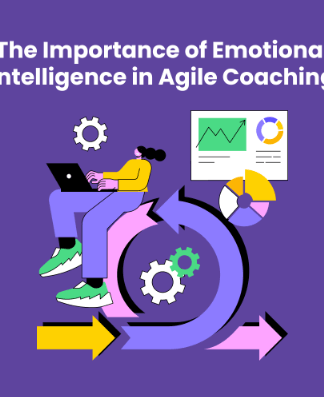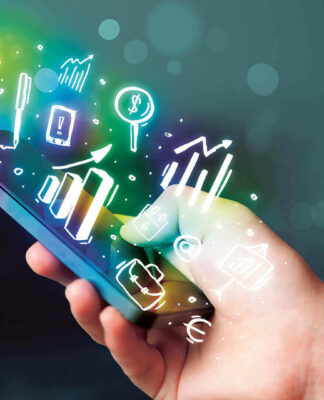The landing pages are a crucial element of the digital marketing because of them it depends visitors abandon us forever or become part of our database.
Although the landing may seem simpler than other pages on your site, the truth is that they contain a lot of elements that we must strategically optimize to improve results. So we are going to see 15 keys to create a perfect landing page and increase the conversion rate.
Table of Contents
15 keys to increase the conversion rate with your landing page
We are going to see the most suitable keys for your landing page to meet all the requirements that qualify it as the best in every way, from the title to the conversion rate.
1) Title
The purpose of the title is to attract the attention of the visitor and convince them to keep reading . We can choose between different formulas: teaser or hook, pun, bragging, saying little or direct and with benefit.
These tips will help you optimize the title of your landing page and increase the conversion rate:
- Leave space around the title to make it stand out.
- Use an appropriate, legible and attention-grabbing font.
- Move the title out of the text alignment.
- Use the main keywords of the page in the title.
- Be relevant.
- Use powerful words like “free” or “new.”
2) Copy
In the copy or main text of the web , the key is in what you say and how you say it . Write down these guidelines to create effective copies:
- Do a preliminary study of how users search for you in search engines and respond to their expectations . If a person comes to the web looking for certain keywords, they will expect to find them in your texts, so they must be visible and function as a claim.
- Scan your texts . Avoid excessive blocks of text and use columns, bullet points, etc. to speed up and facilitate reading.
- Include things that both hemispheres of the brain like . The more rational left side needs us to give it figures and reasons. The more emotional right is convinced with creative and emotional messages.
- Write to be understood . Opt for simplicity and avoid platitudes, trivia, and superlatives. Beware of being too resourceful, especially with critical navigation elements.
- Set a personal tone . Talk about yourself to users and show them that you know their circumstances as well as they do. Use personal phrases in a colloquial tone and tell stories that involve your product.
- Ask questions .
- Broadcast who you are in 7 seconds . Most of the opportunities to explain what you do will not happen that time, so be direct and explain your proposal in a simple, clear and brief way.
- Explain the ROI . Talk about what the user will get in exchange for trusting you and make concrete and honest promises, for example “batteries that last 30% longer”.
3) Selling image
The selling image must convey your personality , be related to the message you want to convey, be consistent with your brand identity and with the rest of the elements of the web and be able to illustrate and explain the text.
4) Call-to-action (CTA)
The call-to-action or call to action is the element of the web that requests the visitor to perform the action we are looking for, for example, download content.
It is important that it is visible, clear and leaves no room for doubt. It should visually stand out from the rest of the information through color, size and location (above the scroll).
The message displayed is also important: it should be simple, clear, eye-catching, and inspiring to take action. Try different types of copy to see which ones convert the most.
Lastly, we have to make sure that CTAs are consistent, always using the same message, color, and size throughout the page.
5) Form
The form is the method by which we collect visitor data. When creating a landing page, you have to find a balance between capturing enough data to qualify a lead and making the form easy to fill out.
A very useful option that is trending are smart forms , which are capable of remembering the data that a user has left in previous visits so as not to ask the same questions twice.
6) Benefits
One of the most important copy lessons is that you have to sell benefits, not features . Whoever buys a drill does not want a drill, they want to make a hole in the wall. Therefore, focus your efforts on explaining how your product or service can benefit the potential customer.
7) Sense of urgency
The sense of urgency calls the user to quick action. These resources will help us take advantage of it:
- Do not make the user think about the action to take; make it clear and encourage him.
- Countdown “only to day X” to increase the conversion rate.
8) Discounts
Discounts are another very common resource to motivate the user to click , especially if we combine them with the previous section and offer them only for a limited time.
Try different types of discounts to see which ones are the most clickable. For example, our tests show that discounts with monetary units (€ 10 less) work better than those expressed in percentages.
9) Credibility
94% of visitors reject a website or distrust it because of its appearance . Therefore, we must take care of the design details that can provide security and confidence to the visitors of our page. The battle for credibility begins to be won with a design that denotes professionalism.
But of course, appearance is not everything. If you want to earn the trust of users, never say that you are the best if you do not have proof to confirm it.
Nor should you hide negative issues or problems. Being transparent is a benefit, even in the most difficult moments. Users will value and appreciate it.
Finally, remember that you can use elements such as testimonials or trust seals to reinforce credibility.
10) Prices
Not showing the price in the landing can work if the objective is to maximize the number of leads to close the sale by other means, even if it implies that the leads will be of lower quality.
If you decide to show it, there are two very simple tricks to increase your conversion rate:
- Show prices that seem cheaper, like 499 euros.
- Offer discounts next to the previous price (“now 97 euros, before 150”).
11) Color palette
The color palette is an important element in creating a landing page. Colors are proven to cause psychological and emotional effects on people.
When a user enters your website, the colors affect their perception of the brand. Too much bright colors can be distracting to the user, while too much dark tones can bore them and prevent them from digging into the web.
When planning your design, keep these color ranges in mind:
- Complementary colors are opposite each other on the color wheel (for example, yellow and purple).
- Analogous colors are neighbors on the color wheel (orange and red).
- Monochromatic colors are all the tints, shades, and tones of a particular color.
12) Typography
When choosing the typeface, you should prioritize a font that matches the aesthetics of the rest of your website or with the brand’s style guide, so that the user feels comfortable.
Never sacrifice readability for a very elaborate or sophisticated font: the user will not interact with a page that they cannot easily read.
13) Avoid scrolling
Did you know that … only 76% of people use the scroll bar on a web page? Although they are the majority, that means that almost one in four do not see the elements that are below the fold.
The bottom line: When creating your landing page, put the most important information and the call to action in the top half of the page.
14) Add value to the proposal
To increase the conversion rate, the landing page must convey affinity with the user. Therefore, it is necessary to start from a complete study of the buyer person and their needs.
Making your value proposition clear and adapting it to the profile of your audience will help users see your brand in a positive way and encourage them to interact with it.
15) Contact details
Your landing pages should include your contact information and links to the rest of your website and other digital channels (for example, your social media accounts).
In this way, interested users can research your company and continue to interact with your content. Thus, even if you do not get a conversion immediately, there will be a better chance of retaining them and that they end up becoming clients of the brand in the medium or long term.

